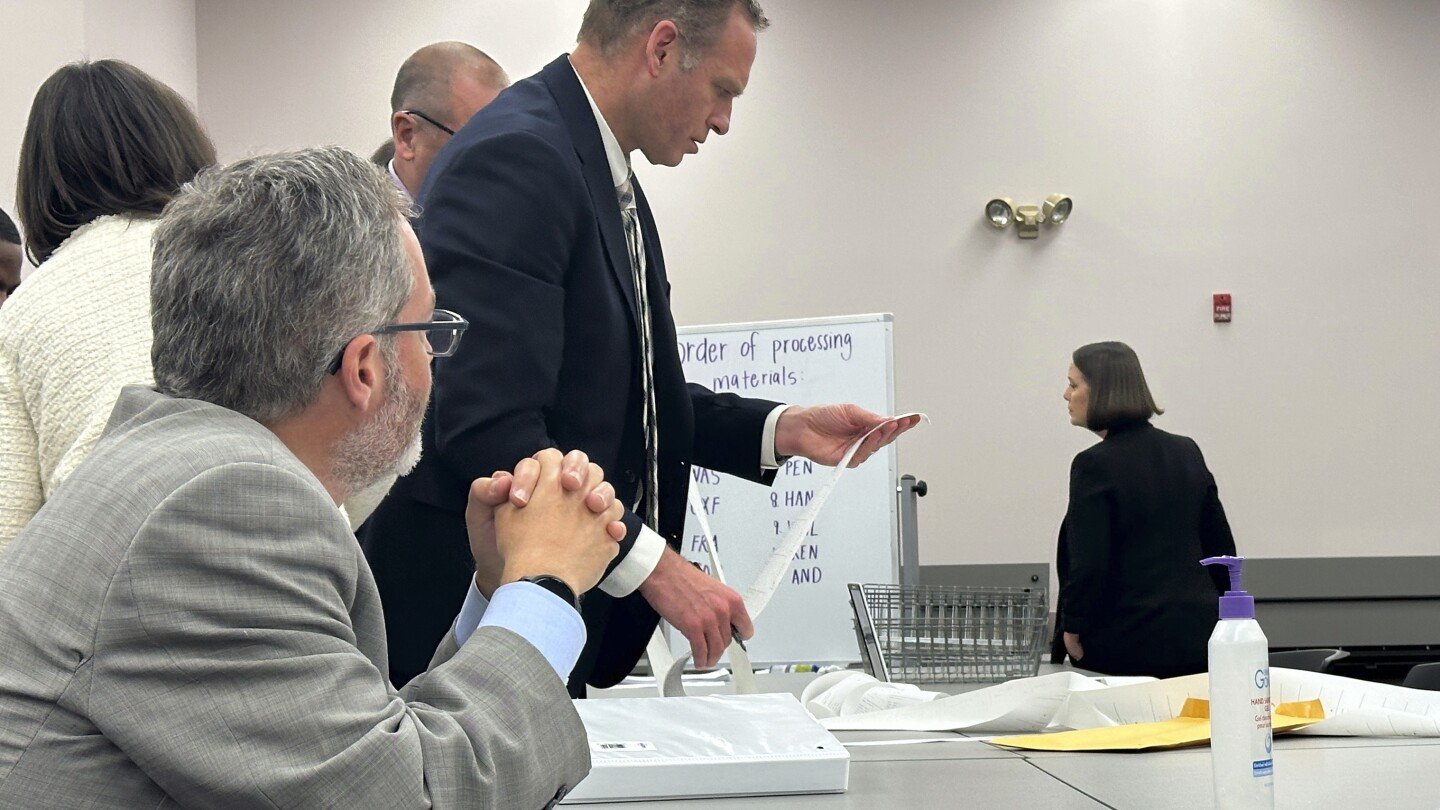Summary
Voters across eight states, including Arizona, Colorado, and Nevada, rejected ballot measures for election reforms such as ranked choice voting (RCV) and open primaries, despite a $110 million push from advocates.
The movement, inspired by Alaska’s 2020 adoption of these reforms, failed to gain traction, with critics citing confusion and doubts over RCV’s benefits.
Some reforms succeeded locally, including in Portland, Oregon, but opposition remains strong.



In the Dutch parliamentary system we do have a two-house structure (i.e. we have a Parliament and a Senate), while also having proportional representation.
There is a national election every four years that determines the make-up of the national parliament. The result directly proportionally determines the seat division (150 seats total).
There is also a provincial election every four years. This directly proportionally determines the seat division of the respective provincial houses.
But it also indirectly determines the make-up of the Senate. The provincial houses hold their own election and vote for the seat division of the Senate (75 seats total for 12 provinces).
It is traditionally seen that Parliament proposes, argues and passes legislation, while the Senate checks the passed legislation for constitutionality before giving it their sign of approval.
Another view is that Parliament is the direct representation of the people, while the Senate is the national representation of the provincial houses.
I think it is worth keeping in mind that an electoral system doesn’t have to be exactly like the theoretically pure version. You can mix and match elements to something that would suit your situation best (for instance in terms of achievability)